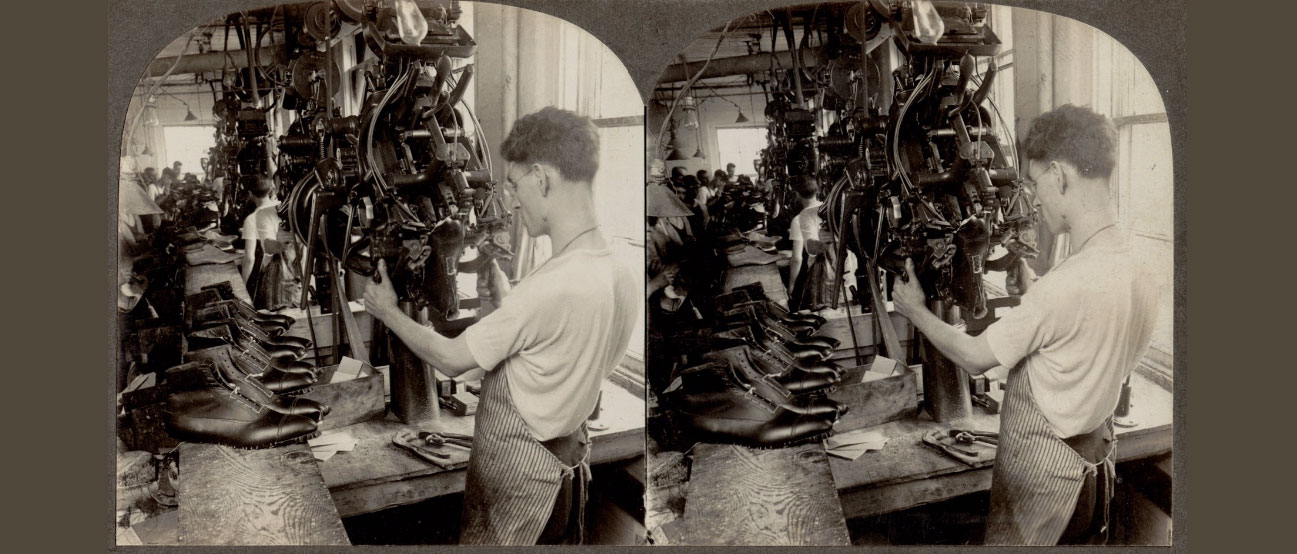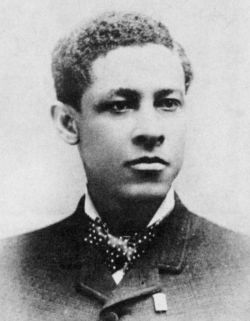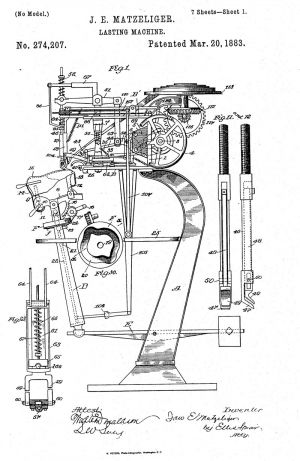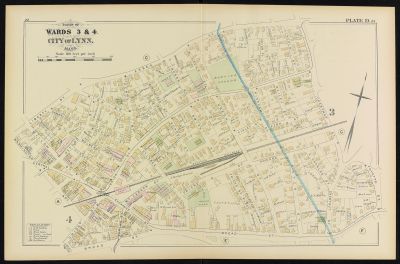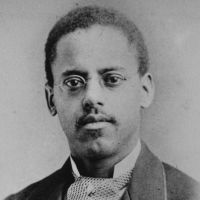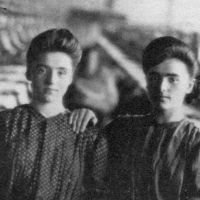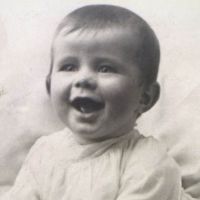Primary Source
WOMAN'S LIFELONG DREAM COULD NOT BE STAMPED OUT
Ever since she was in the fourth grade at the Shepard School in Lynn, Gladys Haywood has been trying to get some recognition for black inventor Jan Matzeliger. Now at age 90, she will finally realize her dream.
On September 15, the U.S. Post Office will issue a 29-cent commemorative stamp honoring Matzeliger, who invented the shoe lasting machine in 1882 in a house on West Street in Lynn.
Haywood …grew up in that same house.
The city of Lynn, once the largest shoe manufacturing center in the United States, will mark the occasion with a celebration at Heritage Park on the waterfront where Mrs. Haywood will speak. The Fayette Street bridge and a new foot bridge over the Lynnway to the waterfront will be renamed in Matzeliger's honor.
Haygood, who is black, and now lives in St. Petersburg, Fla., said she is happy the black inventor is finally getting his due…
…Mrs. Haygood was not alone in her campaign to recognize the inventor. Over the years others joined her, including the Community Minority Cultural Center in Lynn and the North Shore (Lynn branch) of the NAACP. They wrote letters and appealed to the Massachusetts Legislature, led guided tours for children to Matzeliger's grave site and sponsored days and banquets in his honor.
… When Mrs. Haywood became ill several years ago, the only thing that got her out of her hospital bed was news that the government was considering creating a stamp in Matzeliger's honor, said her daughter, Dolores Jackson.
It seems that Jan Matzeliger, whose machine made others wealthy while bringing its creator little financial gain, will not be forgotten.
And Gladys Haywood, the former fourth grader from the Shepard School who never gave up her dream, has put her own stamp on history.
Boston Herald, September 3, 1991


